
启程
Introduce groundbreaking content and technology, where students get to learn the language in real-life scenarios to help them in their own academic experience.
开创性的内容与技术,将语言学习嵌入真实场景
Watch Video
Introduce groundbreaking content and technology, where students get to learn the language in real-life scenarios to help them in their own academic experience.
开创性的内容与技术,将语言学习嵌入真实场景
Watch VideoYou can find the video episodes in lessons 2 and 4 of each unit. In each dramatic segment, the characters interact using the vocabulary and grammar from the corresponding lessons, as well as a small number of new, everyday expressions.
The Language in Action section in each textbook lesson is an abbreviated version of the dramatic episode featured in the Supersite.
Activities are provided for both the textbook dialogues and the videos.
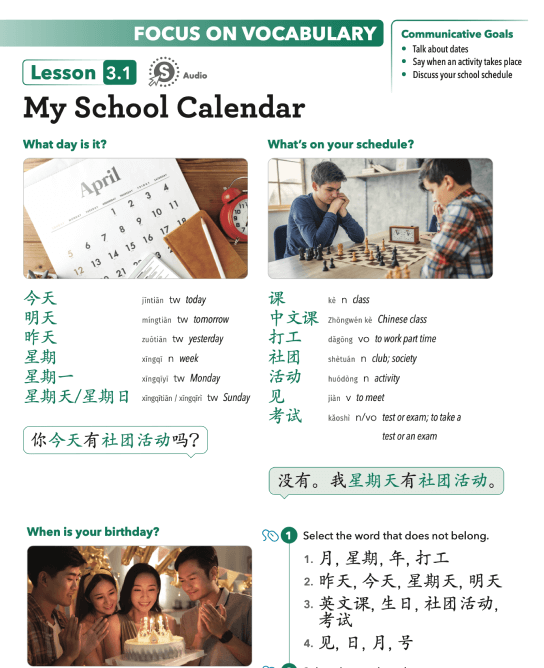
The vocabulary and dialogues reflect the most natural interactions of people in China, and allow students to experience the authentic, living language that is so much more than putting building blocks of linguistic structures and terms together.

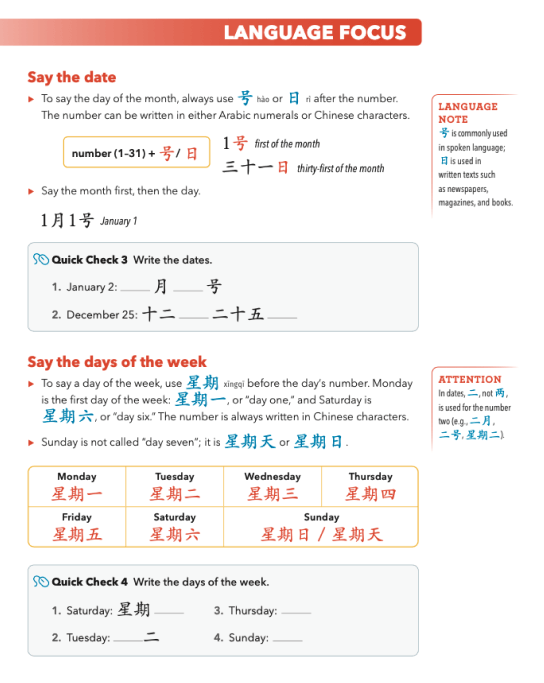
Lesson 1 of each unit presents a city or region of the Chinese-speaking world.
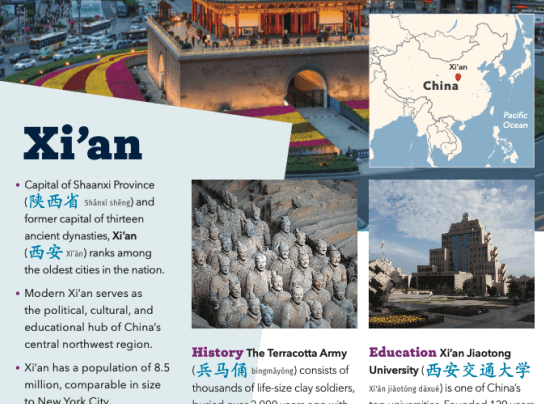
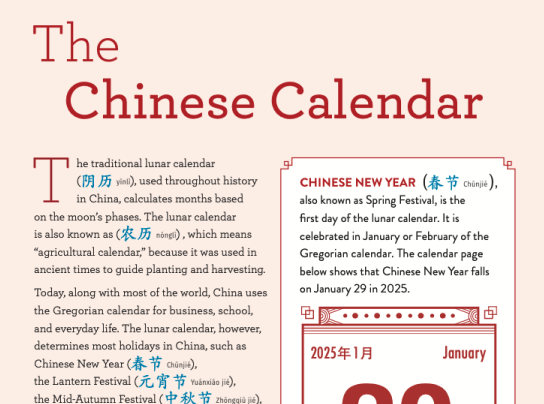
This section appears in every second and fourth lesson and explores cultural themes related to the unit.
Appears in every third lesson and exposes students to authentic Chinese language and culture in context.
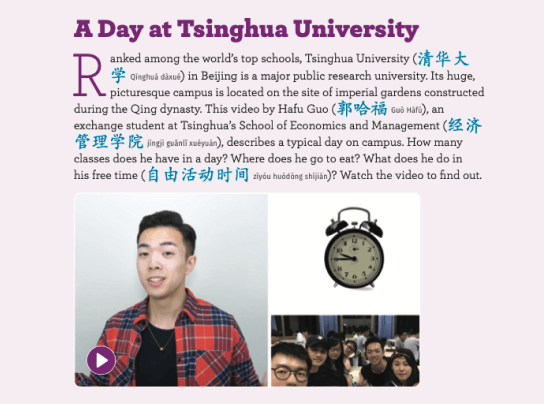

At the end of each unit pulls the lessons together with cummulative practice and a task-based activity.
The two-volume Character Writing Manual, corresponding to the textbook lessons, lets students practice handwriting new characters.
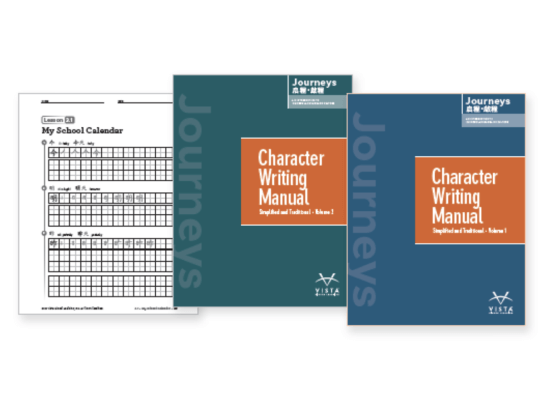
Journeys is a complete print and digital solution that makes teaching Chinese easy for you and learning the Chinese language more successful for your students. Watch this full walkthrough of the print and digital solution of Journeys.
《启程》是一套实体书和数字化相结合的全方位解决方案。请点击视频观看对这套解决方案的完整介绍。